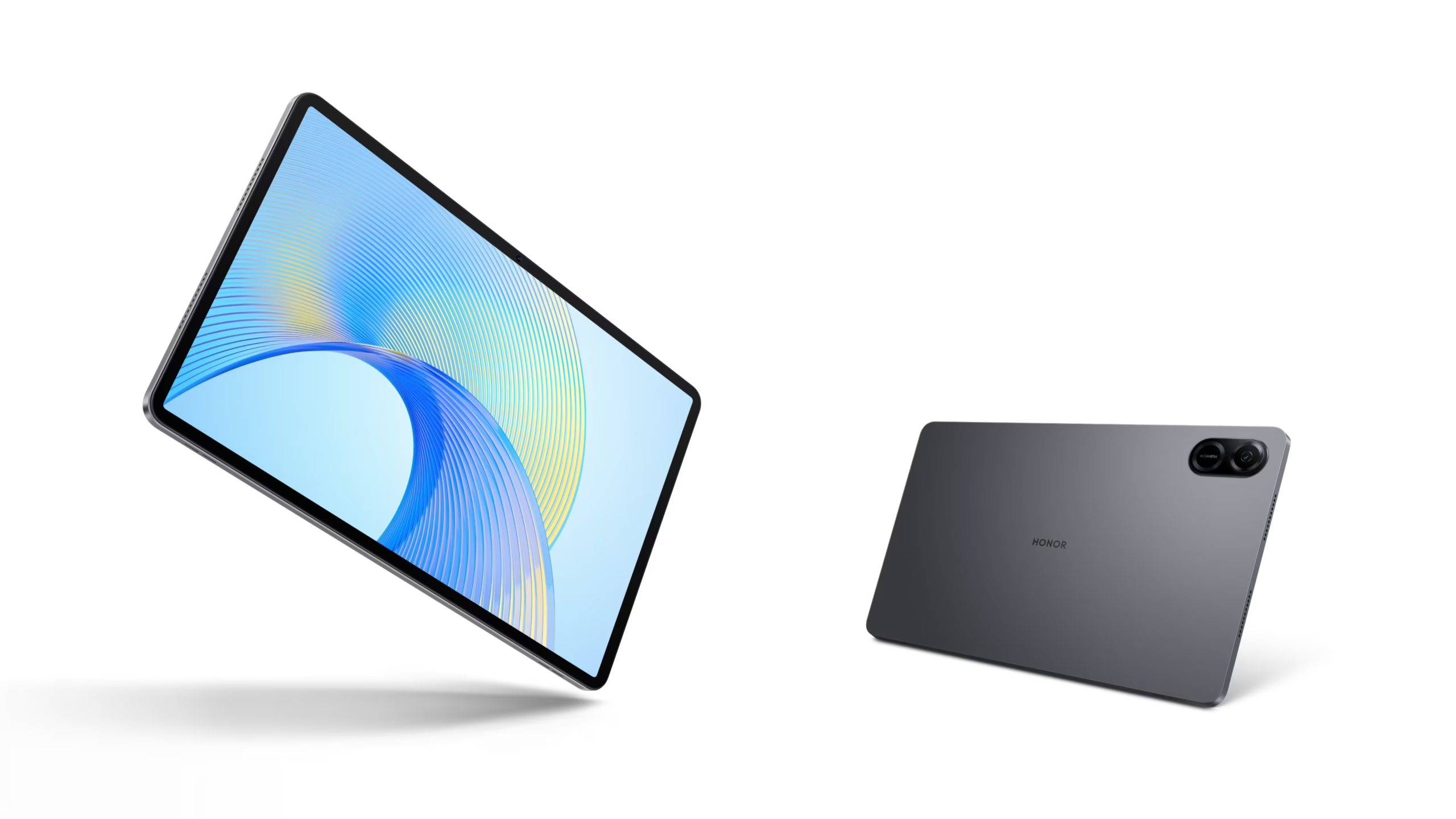Honor’s New Tablets Take on iPad Pro and Galaxy Tab S9: Can They Compete With the Best?

Introduction
The global tablet market has long been shaped by Apple’s iPad Pro and Samsung’s Galaxy Tab series, with Xiaomi also emerging as a big-screen value contender. But now, Honor is stepping boldly into the premium category with its latest Honor Pad lineup. These new tablets bring flagship processors, OLED displays, and aggressive pricing—features designed to position them as serious alternatives to the best in class.
The key question: Can Honor’s new tablets truly rival the iPad Pro and Galaxy Tab S9 Ultra, or are they simply ambitious challengers?

Comparison Chart
To see how Honor stacks up against established heavyweights, here’s a direct comparison across the most important categories:
| Category | Honor Pad | iPad Pro (M2) | Galaxy Tab S9 Ultra | Xiaomi Pad 6 Max |
|---|---|---|---|---|
| Display | OLED, 120Hz | Mini-LED XDR, 120Hz, brightest | 14.6″ AMOLED, 120Hz, largest screen | 14″ LCD, high refresh |
| Performance | Snapdragon 8 Gen 2 | Apple M2 chip (unmatched power) | Snapdragon 8 Gen 2 for Galaxy | Snapdragon 8+ Gen 1 (slightly older) |
| Productivity & Accessories | Keyboard + stylus support | Magic Keyboard, Apple Pencil, pro apps | S Pen included, DeX multitasking | Keyboard + stylus support (weaker apps) |
| Pricing | 30–40% cheaper than rivals | Premium, most expensive | High, but includes stylus | Affordable large-screen option |
| Strength | Best value-for-money, OLED at low cost | Best performance + app ecosystem | Best for multitasking + size | Big display, good value |
Displays: OLED Value vs Industry Leaders
Honor’s decision to equip its new tablets with OLED 120Hz displays is a bold move. This technology delivers richer colors, deeper blacks, and smooth visuals—placing Honor in direct competition with Samsung’s AMOLED and Apple’s Mini-LED XDR screens.
The iPad Pro still holds the crown with its XDR brightness and unmatched HDR capabilities, perfect for professionals editing high-resolution content. Samsung’s Galaxy Tab S9 Ultra stands out for its massive 14.6-inch AMOLED display, ideal for multitasking and cinematic entertainment. Xiaomi offers size at value, but its LCD panel lacks the vibrancy of OLED.
Honor doesn’t beat Apple or Samsung outright, but it offers premium display tech at a far lower cost, which is a major win for consumers.
Performance: Flagship Chips for Everyone
Apple’s M2 chip in the iPad Pro remains the industry benchmark, delivering desktop-class performance in a slim tablet. For pro users handling video editing, 3D design, or AR tasks, nothing else comes close.
Honor’s new tablets, however, keep pace with Samsung by adopting the Snapdragon 8 Gen 2—a chip powerful enough for gaming, multitasking, and professional productivity. Xiaomi trails slightly with its Snapdragon 8+ Gen 1, still strong but a generation behind.
This makes Honor a legitimate competitor to Samsung in raw power, giving Android users a flagship experience without the premium price tag.
Productivity & Accessories: Ecosystem Still Matters
Here the differences are sharper. Apple leads with its Magic Keyboard and Apple Pencil, backed by the most robust creative app ecosystem in the industry. Professionals who rely on tools like Procreate or Final Cut Pro will find Apple unbeatable.
Samsung wins on practicality by bundling the S Pen for free and enabling powerful multitasking through DeX mode. For productivity on Android, the Tab S9 Ultra feels like a laptop replacement.
Honor offers stylus and keyboard support, ticking the right boxes, but it lacks Apple’s deep software ecosystem and Samsung’s integrated multitasking features. It’s a solid start, but ecosystem maturity remains its weakest link.
Pricing: Honor’s Biggest Advantage
If there’s one category where Honor shines brightest, it’s pricing. With costs often 30–40% lower than the iPad Pro and Galaxy Tab S9 Ultra, Honor is redefining what consumers can expect at mid-to-high-tier budgets.
Apple continues to command the highest prices, justified by unmatched performance and app support. Samsung sits just below, offering value with its included S Pen. Xiaomi appeals to value seekers who want a large screen without pro-level features.
Honor, however, manages to deliver OLED, Snapdragon 8 Gen 2, and productivity accessories at a fraction of the cost. This could make it the go-to choice for students, creators on a budget, and professionals unwilling to spend Apple-level money.
Final Thoughts: A True Challenger Emerges
The table highlights that each tablet has clear strengths: Apple remains the performance king, Samsung rules multitasking, Xiaomi pushes affordability, and Honor disrupts by balancing premium features with aggressive pricing.
Honor’s biggest challenge isn’t hardware—it’s building the ecosystem depth and long-term support that Apple and Samsung already provide. But as a value-driven disruptor, Honor has proven that it can deliver a first-class tablet experience without first-class pricing.
If it continues to refine its ecosystem, Honor could soon be recognized as the third major force in the premium tablet market.






